State Castle & Chateau of Český Krumlov
more than a year agoThe tall, easily defended rock cliffs jutting over the Vltava was populated long before the oldest parts of today's castle and church were founded. The first settlement of the castle promontory dates back to the Bronze Age but the Gothic origins of the castle date to 1250 and the first Lords of Krumlov, the Witigonens or Víteks, who settled the lower, tower side. In 1302, the Rosenbergs inherited the castle and kept it as their seat. Their three centuries of rule were golden times for the town and the castle was slowly converted into a superb Renaissance residence with the newer upper castle built along with the connecting bridge - aristocrats it seems do not like to be at the whim of the weather. The Eggenberg family was then given the castle by Ferdinand II who had bought the dominion in 1602 but the subsequent tribulations of the Thirty Year War regressed the area culturally and economically although the castle was converted again, this time into a Baroque seat. In 1719 the castle was inherited by the Schwarzenbergs who initially kept the social and artistic elements of Viennese life in the castle, but the 19th and 20th centuries saw the castle stagnate as it was no longer inhabited. The interior is amazingly intact and can be viewed on a guided tour in a variety of languages. The history of bear-keeping at Český Krumlov Castle goes back to the 16th century, the era of the last Rosenbergs and bears have been kept in the moat since 1707. The castle area, one of the largest in Europe, comprises forty buildings and palaces situated around five courtyards and a park spanning eleven hectares. The whole complex was recorded in the UNESCO List of World Cultural and Natural Heritage in 1992.
The Schwarzenbergs (1719 - 1947) left the perfectly preserved Baroque Theatre (Zámecké divadlo) with its priceless collection of original scenery, costumes, props and still functional machinery. This theatre is a monument so valuable that the only one comparable to it in the world is Sweden's Drottningholm theatre from 1766.
The 54.5m Gothic/Renaissance Castle Tower (Zámecká vez) rises six stories above the castle courtyards and provides a stunning view of this beautiful town – if you can manage the 162 steps to the viewing platform.
The Castle Gardens (Zámecká zahrada) are some of the largest in Central Europe and have, over the years been fashioned from the Baroque to the Rococo, then Classicist and finally into an English garden in the 19th century. Elements of all styles remain and the gardens are dominated by the Rococo Bellaria summerhouse and cascading fountain. The 17th century Baroque gardens form the largest part of the entire castle complex. The castle gardens and courtyards can be explored for free. The revolving auditorium invokes a magical time of amphitheatres, where the night sky and suberb surroundings (in this case the castle gardens and Rococo summer house) seem to amplify the sounds of Mozart, Shakespeare and Dvořák to name a few.
The Lapidarium contains an exhibition of original Baroque statues from around the castle.
For ticket and opening hours info on the castle, click here.


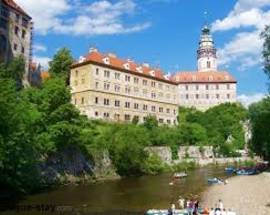
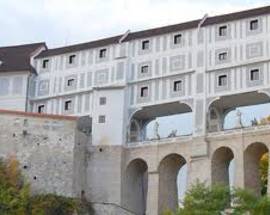
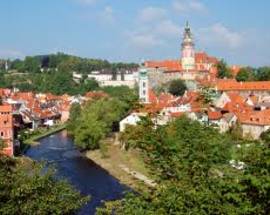
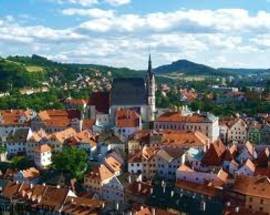
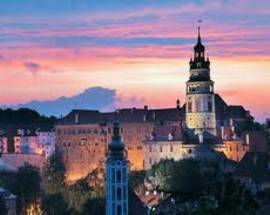
Comments